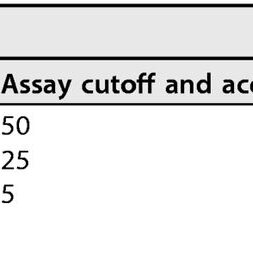January 2020
·
40 Reads
·
6 Citations
Hepatitis E, a liver disease caused by infection with the hepatitis E virus (HEV) is a worldwide emerging disease. The diagnosis is based on the detection of viral RNA and of HEV-specific immunoglobulins (Ig). For the latter, various assays are commercially available but still lack harmonization. In this study, a Luminex®-based multiplex serological assay was established, that measures the presence of total IgG, IgA and IgM antibodies, targeting a short peptide derived from the viral E2 protein. For the validation, 160 serum samples with a known HEV serostatus were used to determine the assay cut-off and accuracy. Thereby, HEV-IgG and -RNA positive sera were identified with a sensitivity of 100% and a specificity of 98% [CI 95% 94-100%]. Application of the assay by re-testing 514 sera previously characterised with different HEV-IgG or total antibody tests, revealed a high level of agreement between the assays (Cohens Kappa 0.58-0.99). The established method is highly sensitive, specific and can be easily implemented in a multiplex format to facilitate rapid differential diagnostics with a few microliters of sample input.





















